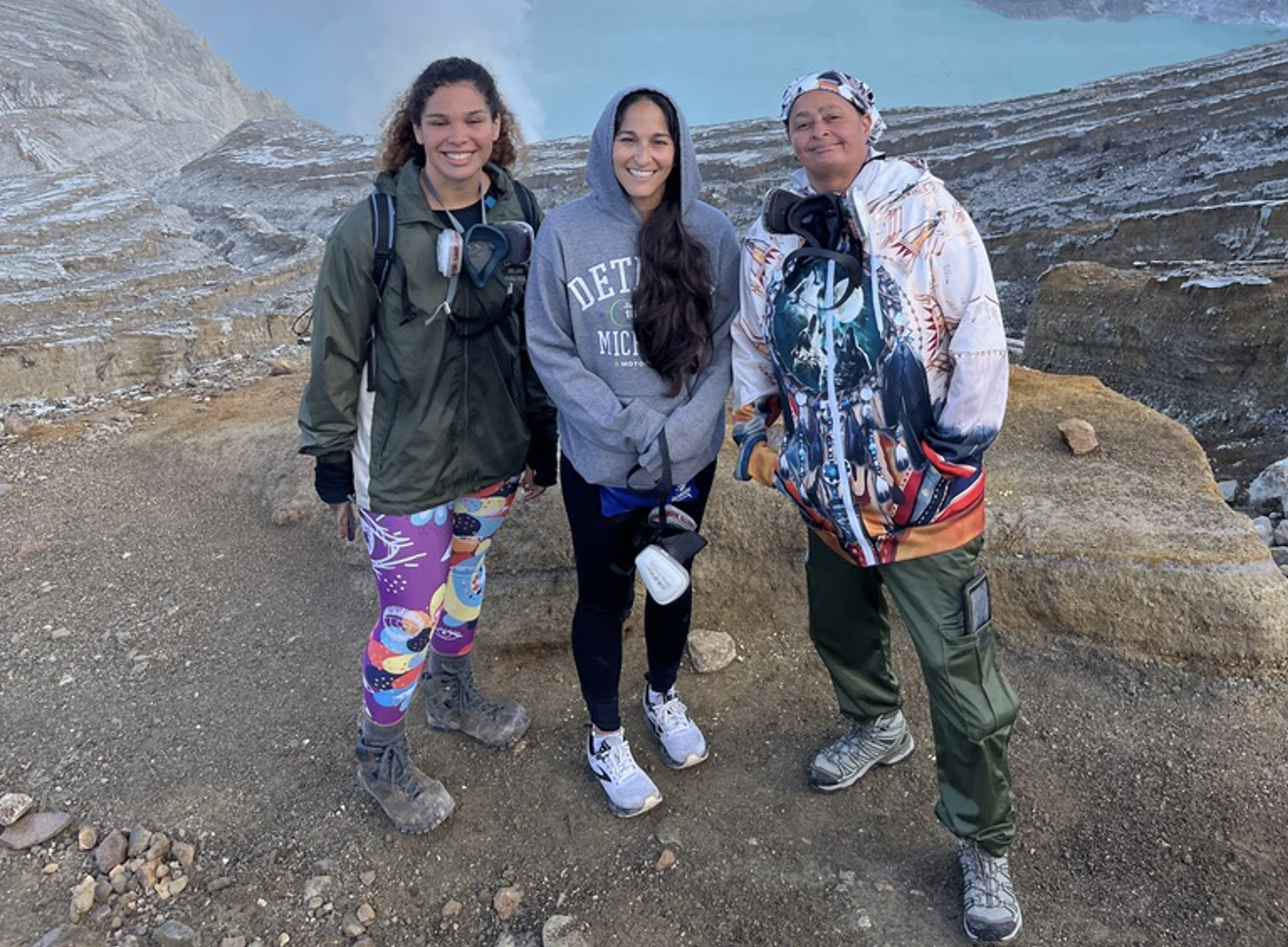Harnessing Inner Strength for Business Growth

Harnessing inner strength is about recognizing that business growth is not solely a matter of external strategy
Today’s entrepreneurial landscape rewards not just intellect and capital, but also the capacity to weather uncertainty with confidence and clarity. Many business leaders have discovered that one of their most powerful resources for driving sustainable growth lies not in external factors like market conditions or technology, but within themselves. Harnessing inner strength can foster a mindset resilient enough to navigate obstacles, a vision steady enough to chart new directions, and a confidence deep enough to seize opportunities that others might overlook.
Inner strength
Inner strength, at its core, involves a robust sense of self-awareness. Rather than allowing external pressures to dictate every move, leaders who turn inward develop a clearer understanding of their values, motivations, and long-term aspirations. This inner compass helps distinguish between fleeting trends and meaningful avenues of growth. Whether deciding which product line to expand or determining when to pivot, a leader guided by inner alignment can act decisively and authentically, even when the path forward is not immediately obvious.
Such internal grounding extends beyond strategic decision-making—it shapes how leaders handle stress and adversity. Setbacks are inevitable in the pursuit of business success, but inner strength enables individuals to confront challenges with poise. Instead of viewing obstacles as personal failures, leaders who cultivate inner fortitude see them as valuable lessons. This shift in perspective turns temporary roadblocks into catalysts for innovation. A delayed product launch, a sudden dip in sales, or an unexpected shift in consumer behavior can all become opportunities to refine methods, improve offerings, or reengage with customers in more meaningful ways.
Moreover, a strong inner foundation supports a leader’s interpersonal effectiveness. Employees, investors, and clients alike sense when someone leads from a place of confidence and sincerity. Leaders who trust themselves, remain composed under pressure, and communicate transparently inspire others to bring their best selves to the table. Teams respond positively to authenticity—when they know that the person at the helm understands both their own strengths and limitations, they feel safer presenting new ideas, addressing concerns, and pushing creative boundaries. Over time, a culture of trust and openness emerges, further fueling growth as diverse viewpoints and strategies come together in pursuit of common objectives.
Inner strength also empowers leaders to make courageous decisions in times of change. Rapid technological shifts, volatile economic climates, and emerging markets require a willingness to step into unknown territory. Without a wellspring of internal assurance, these leaps can feel too risky to attempt. But when leaders are anchored by self-knowledge and resilience, they can tolerate uncertainty without retreating. This doesn’t mean ignoring data or taking reckless chances; instead, it means that calculated risks feel manageable rather than terrifying. Leaders guided by inner strength can invest confidently in R&D, explore untested business models, or form strategic partnerships that might shape the future, all while staying grounded and true to their core mission.
Of course, developing and harnessing inner strength is not a one-time effort. It’s a lifelong practice that evolves as personal and professional circumstances change. Some leaders find value in reflective journaling, which encourages examining both successes and challenges to better understand patterns in behavior and decision-making. Others integrate physical and mental health practices—regular exercise, sufficient sleep, or mindfulness breaks—into their routines, ensuring that their inner resources remain replenished. Mentors, too, can play a pivotal role, providing honest feedback and helping leaders refine their sense of purpose. Over time, these habits create a virtuous cycle: greater self-awareness leads to stronger choices, and stronger choices reinforce confidence and authenticity.
Acknowledging vulnerabilities
Another essential aspect of nurturing inner strength is learning to acknowledge vulnerabilities. Leaders who can admit when they need help, when they’ve hit a knowledge gap, or when they simply need time to recover and think, about a project greater confidence than those who pretend to have all the answers. Embracing imperfection humanizes leadership, building empathy and credibility. By demonstrating that inner strength includes not just resilience but also humility, leaders foster an environment where people feel comfortable being honest, taking risks, and learning from mistakes—a recipe for sustained innovation and growth.
Harnessing inner strength is about recognizing that business growth is not solely a matter of external strategy, funding, or competitive analysis. These factors are important, but without a strong internal foundation, even the best-laid plans can falter when tested by the unpredictable nature of commerce. Leaders who invest time and energy in understanding themselves, nurturing their resilience, and communicating authentically lay the groundwork for enduring success. Their businesses don’t just survive shifting landscapes; they flourish, guided by the steady, confident presence of a leader firmly anchored in their own inner strength.
Related content:
Is Your Latino Small Business Setting the Stage to Thrive?




